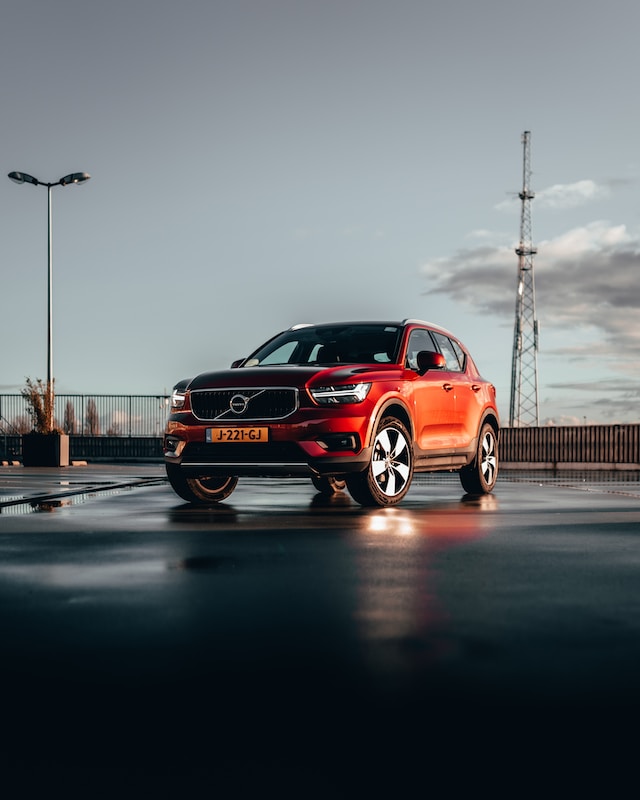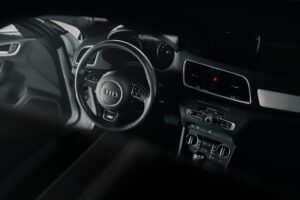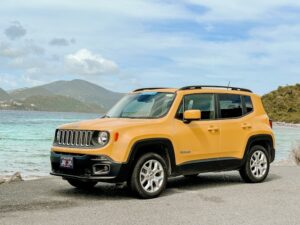
The Evolution of the Volvo XCFrom Classic to Modern
Contents
- 1 Introduction
- 2 When Volvo first introduced the XC, it was a relatively new model and had a lot of design potential for Volvo.
- 3 The iconic grill remained nearly unchanged until 2015 when the grill was replaced with a modified version of the original design.
- 4 In addition to the new grill, Volvo changed the interior of the XC from leather to synthetic fabrics and added additional standard features.
- 5 Further changes include bigger wheels and tires, more standard features like Apple CarPlay compatibility and additional safety features like Forward Collision Warning with Autonomous Emergency Braking (AEB).
- 6 The Volvo XC has changed significantly over time, but has maintained its signature style
- 7 Conclusion
Introduction
The Volvo XC has been transformed over time, but it’s easy to see its roots in the original design. The classic Swedish style remains as an iconic symbol of luxury and safety.
When Volvo first introduced the XC, it was a relatively new model and had a lot of design potential for Volvo.
The company’s previous SUV, the XC90, had been on the market since 1998 and was starting to show its age. In 2006 when this model was released, it was designed to appeal to a younger audience by being more modern than its predecessor while still retaining some elements from older Volvos like round headlights (which are now optional).
The new model also featured all-wheel drive as standard equipment along with several other features that made up what many consider to be one of their best cars ever made: fuel economy ratings in excess of 20 mpg combined city/highway driving; full power accessories including keyless entry; Bluetooth connectivity via USB port; satellite radio capability along with AM/FM radio presets for easy tuning–all these things plus more make this vehicle stand out from others in its class today!
The iconic grill remained nearly unchanged until 2015 when the grill was replaced with a modified version of the original design.
The new grille is more modern than its predecessor, as it is more rounded and less boxy. This updated grill was first introduced in China and later spread across other markets including North America and Europe.
In addition to the new grill, Volvo changed the interior of the XC from leather to synthetic fabrics and added additional standard features.
The first-generation XC was based on the Volvo S40 and had an available turbocharged 2.5-liter five-cylinder engine that produced 215 horsepower in North America. The car was meant to be a sporty, luxurious vehicle with an emphasis on comfort over performance; however, it did have a few notable options like heated seats and rain-sensing wipers (which were uncommon at this time).
The second generation debuted in 2008 with more power under its hood thanks to turbocharging as well as all-wheel drive as standard equipment; this model also featured improved handling thanks to redesigned suspension geometry
Further changes include bigger wheels and tires, more standard features like Apple CarPlay compatibility and additional safety features like Forward Collision Warning with Autonomous Emergency Braking (AEB).
The Volvo XC90 remains a great SUV for families, but it’s now available in a wider range of configurations. You can choose between the base T5 trim and the top-of-the-line XC90 Excellence, which comes with standard features such as Apple CarPlay compatibility and additional safety features like Forward Collision Warning with Autonomous Emergency Braking (AEB).
The basic model comes equipped with a turbocharged 2.0-liter four-cylinder engine that produces 250 horsepower at 5,500 rpm and 258 lb.-ft. of torque from 1,600 to 4,000 rpm; an eight-speed automatic transmission; all-wheel drive; standard leather seats; power front seats; dual zone climate control; keyless entry/startup; satellite radio connectivity; navigation system with real time traffic updates and SiriusXM Travel Link weather information service available on demand via subscription fees paid separately after 30 days free trial period expires if not cancelled prior to end date then charged monthly thereafter until cancelled through dealer after which no refund will be provided by SiriusXm but may continue using service under new terms until cancelled by customer within 30 days after initial order date or last payment made whichever occurs first
The Volvo XC has changed significantly over time, but has maintained its signature style
The first generation of the XC90 was introduced in 1998 and featured a sleek exterior and spacious interior. The car was designed to accommodate five passengers with ease and featured an SUV-like look that made it popular among consumers who wanted something bigger than a sedan but not as big as an SUV. Since then, Volvo has made many changes to the XC90’s design, including updates in 2002; 2007; 2012; 2016; and 2019–each time making subtle improvements based on consumer demand for more comfort features like heated seats or better storage space inside the cabin (the latter being especially important because people tend not to want their hands freezing off while driving).
Conclusion
The Volvo XC has changed significantly over time, but has maintained its signature style. The iconic grill remained nearly unchanged until 2015 when the grill was replaced with a modified version of the original design. In addition to this new look, Volvo also added additional standard features like Apple CarPlay compatibility and additional safety features like Forward Collision Warning with Autonomous Emergency Braking (AEB). The evolution of this model shows how much more we expect from our vehicles today than ever before.






